The Dynamic Truth About Collaboration and 3 Things You Can Do About It
Collaboration and team building are two of the more frequent issues that people ask me to help them with. I often hear,
“We have a group of people that should be working together that aren’t playing together well.”
or
“Everyone is doing their own thing and not thinking about the whole.”
or worse
“Our team is completely dysfunctional and toxic - no one likes anybody else.”
At the heart of all of this is the question: How do I get my team to work together better?
One approach is to dive into organizational culture and look at the structures that are supporting or inhibiting collaboration. But long before we go there, I like to begin with a different angle, one that clients often find surprising.
What’s the truth about you and collaboration?
That’s when the dirty (and sometimes surprising) details come out.
“I know we are supposed to collaborate, but it is so much easier to do it myself.”
“I can’t stand my colleagues – I find them draining to work with.”
“I don’t have time to collaborate. I’m too busy.”
Let's be honest. As leaders, we love to talk about collaboration and teamwork. We have read the current research about why it is great, how it’s absolutely necessary. We sense that it is important. But when we actually examine our own feelings about collaboration we are often ambivalent or negative about it.
This is okay. It’s normal.
To lead and build great teams, we need to get in touch with our current mindset. If we are starting from a place of ambivalence, frustration, or disinterest, it’s good to be clear about that. Once we have that clarity, we can use it to our advantage.
But how do you foster collaboration if you admit that you don’t want to do it yourself?
In my experience, one of the keys to building successful teams is to model the behaviors supporting team collaboration at the executive level. Teams tend to unconsciously adopt the behaviors of their leaders. Part of our work as managers, supervisors and CEOS is to revisit our relationship with collaboration first, before we ask our team members to do so.
Three steps that will help with that are:
Be honest with yourself. What do you find easy about collaborating? What do you find more difficult? What are your strengths and challenges when you colloborate? This will set you up for success when you engage your team. It will also help you relate to those that may initially resist new collaborative initiatives.
Clarify your vision and big why for collaborating. Why do it? What’s in it for you and your team members? How will collaborating impact your organizations future? Get clear about the benefits. How will collaborating get you to the impact that you want to have? Articulating this for yourself will help you inspire and support others to begin collaborating.
Start practicing small acts of collaboration. Begin with five minutes each day to do one or two things that support collaboration. Some examples:
Ask a colleague for advice on something that you are working on.
Introduce five minutes on the team agenda for input on a key question.
Share positive feedback with someone on your team about their impact.
These are just a few examples – you can easily come up with more on your own.
As you think about how to build collaboration within your team or organization, these steps will help set you up for success. They will also help you strengthen your own mindset for collaboration. As you practice, you may learn that collaborating is not as tiresome, time consuming, or challenging as you initially thought.
Once we have the right mindset, we can begin evaluating the organizational practices and structures that support great team-building. For a deeper dive, learn about some common mistakes organizations and teams make when trying to build trust, and how to turn them around.
Ready to improve collaboration with your team? Contact Amanda Silver Consulting to find out how we can help.

